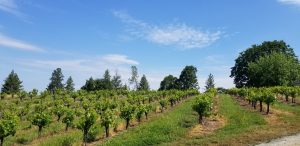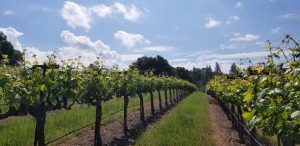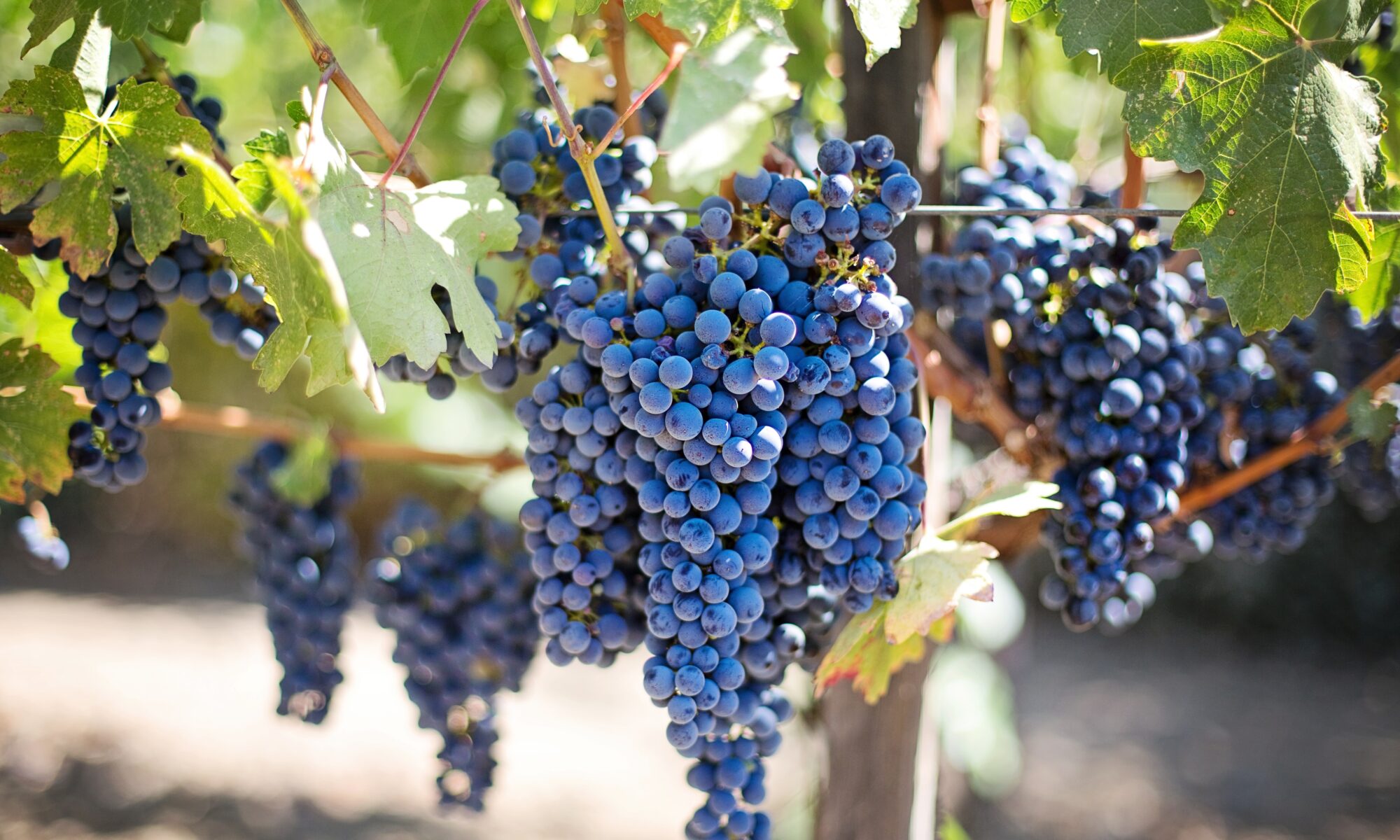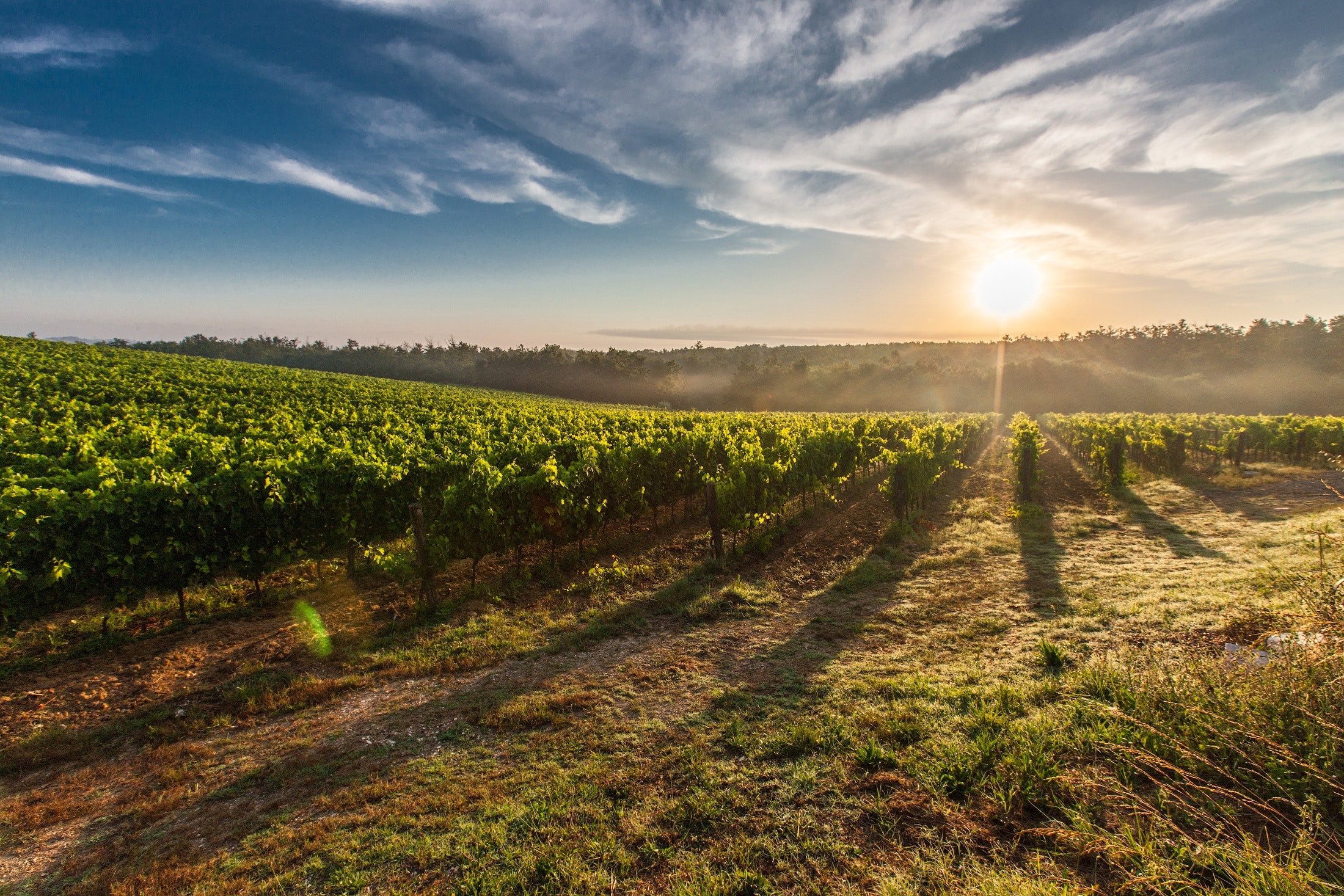This is the first part of our multi-post series on Vineyard Terminology.
Understanding how and where your grapes are grown is just as important as knowing how to make those grapes into great wine. To that end, let’s explore some basic vineyard terminology that can help inform your grape-buying decision.
Rootstocks and Clones:
Wine grape vines are often the union of two different types of vine, a rootstock and a clone. Rootstocks often from wild grape varieties that provide inherent immunities or advantages to the vine. Many rootstocks were initially propagated from wild American grapes that were resistant to a pest called Phylloxera that had decimated much of the European wine grape industry in the late 19th century. Modern rootstocks have been adapted for many different situations including: drought conditions (rootstock 110R is the most common for this), wet or high water capacity soils (rootstock SO4), as well as soil acidity or alkalinity. Since rootstocks were created from wild grape varieties, any grapes produced from them are not viable for use; most modern rootstocks are engineered to be infertile in order to prevent any pollination issues in the main varietal.
Once an appropriate rootstock has been selected, a clone must be selected. Wine grape clones simply refer to different selections within each varietal. While there are standardized clones for each varietal that are readily available from most nurseries, there are some regional clones that have been adapted from local vineyards. Even though different clones of the same varietal produce the same type of grape, there are often minute differences between clones.
Rootstocks and clones are joined together via grafting. There are multiple grafting techniques used by nurseries and growers, but the end result is the same: a vine with the resistances and tolerances of the rootstock that produces grapes of the clone’s varietal.
Training:
Vine training describes the overall shape and structure of the vine. The most common training systems are cordon trained (vertical, unilateral, bilateral, and quadrilateral) and head/goblet trained. New vines are trained over the course of 2-3 years, and once established, the vine’s shape is something that will have to be maintained over the life of the vine. Keeping vines well-trained is an ongoing process that is critical not only to a vine’s shape, but also to its health and long-term fruit quality.


Pruning:
Pruning is the annual process of selecting which parts of the previous year’s growth you want to keep, and by extension, how much fruit you want the vine to produce this year. The two main pruning methods are spur pruning (both of the pictures above feature spur pruning) and cane pruning. The ideal pruning method for a vine is determined by many factors, including: varietal, location, rootstock, training system, and amount/quality of fruit desired.
Pruning is generally done either after harvest in the fall, or before bud break in the spring. Effective pruning ensures that the vines will only focus their resources on producing the best grapes possible.


